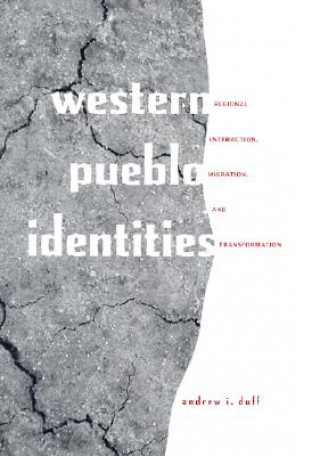
Kód: 06399596
Western Pueblo Identities
Autor Andrew I. Duff
Identifying distinct social groups of the past has a always challenged archaeologists because understanding how people perceived their identity is critical to the reconstruction of social organization. Material culture has been th ... celý popis
- Jazyk:
 Angličtina
Angličtina - Vazba: Pevná
- Počet stran: 233
Nakladatelství: University of Arizona Press, 2002
- Více informací o knize

1795 Kč
Dostupnost:
50 % šance Máme informaci, že by titul mohl být dostupný. Na základě vaší objednávky se ho pokusíme do 6 týdnů zajistit.
Máme informaci, že by titul mohl být dostupný. Na základě vaší objednávky se ho pokusíme do 6 týdnů zajistit.Prohledáme celý svět
Mohlo by se vám také líbit
-

Rock-Elephant
443 Kč -

Auckland University Press Anthology of New Zealand Literature
3259 Kč -

Private Mythology
453 Kč -

Beethoven's Most Beautiful Melodies
265 Kč -

Communal Violence and Democratization in Indonesia
5255 Kč -

Visit to the Theatre
507 Kč -

Interactividad y Participacion En El Periodismo Digital
889 Kč
Darujte tuto knihu ještě dnes
- Objednejte knihu a zvolte Zaslat jako dárek.
- Obratem obdržíte darovací poukaz na knihu, který můžete ihned předat obdarovanému.
- Knihu zašleme na adresu obdarovaného, o nic se nestaráte.
Informovat o naskladnění knihy
Zadejte do formuláře e-mailovou adresu a jakmile knihu naskladníme, zašleme vám o tom zprávu. Pohlídáme vše za vás.
Více informací o knize Western Pueblo Identities
Nákupem získáte 180 bodů
 Anotace knihy
Anotace knihy
Identifying distinct social groups of the past has a always challenged archaeologists because understanding how people perceived their identity is critical to the reconstruction of social organization. Material culture has been the standard measure of distinction between groups, and the distribution of ceramics and other artifacts has often been used to define group boundaries.Western Pueblo Identities argues that such an approach is not always appropriate: demographic and historical factors may affect the extent to which material evidence can define such boundaries. Andrew Duff now examines a number of other factors -- relationships among settlement size, regional population densities, the homogeneity of material culture, and local and long-distance exchange -- in order to trace the history of interaction and the formation of group identity in east-central Arizona and west-central New Mexico from A.D. 1275 to 1400.Using comparative data from the Upper Little Colorado and Zuni regions, Duff demonstrates differences in patterns of interaction within and between regions with different population densities. He then links these differences to such factors as occupational history, immigrant populations, the negotiation of social identities, and the emergence of new ritual systems.Following abandonments in the Four Corners area in the late 1200s, immigrants with different historical backgrounds occupied many Western Pueblo regions -- in contrast to the Hopi and Zuni regions, which had more stable populations and deeper historical roots. Duff uses chemical analyses of ceramics to document exchange among several communities within these regions, showing that people in less denselysettled regions were actively recruited by residents of the Hopi and Zuni regions to join their settlements. By the time of the arrival of the Spaniards, two distinct social and territorial groups -- the Hopi and Zuni peoples -- had emerged from this scattering of communities.
 Parametry knihy
Parametry knihy
Zařazení knihy Knihy v angličtině Society & social sciences Sociology & anthropology Anthropology
1795 Kč
- Plný název: Western Pueblo Identities
- Podnázev: Regional Interaction, Migration, and Transformation
- Autor: Andrew I. Duff
- Jazyk:
 Angličtina
Angličtina - Vazba: Pevná
- Počet stran: 233
- EAN: 9780816522187
- ISBN: 9780816522187
- ID: 06399596
- Nakladatelství: University of Arizona Press
- Hmotnost: 531 g
- Rozměry: 235 × 161 × 21 mm
- Datum vydání: 15. February 2002
Oblíbené z jiného soudku
-

Revolt Against the Modern World
616 Kč -
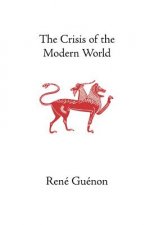
Crisis of the Modern World
427 Kč -

Society Against the State
546 Kč -
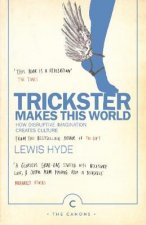
Trickster Makes This World
304 Kč -

Purity and Danger
573 Kč -

Gene Wars
688 Kč -

Exercised
378 Kč -

Consider The Lobster
302 Kč -

Face and Mask
1583 Kč -

Combatting Cult Mind Control
512 Kč -

Nordic Theory of Everything
323 Kč -
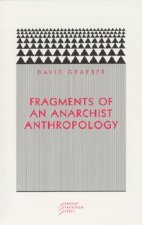
Fragments of an Anarchist Anthropology
333 Kč -

Cambridge Encyclopedia of Human Evolution
2563 Kč -

Why Is Sex Fun?
276 Kč -

Catching Fire
378 Kč -

Five Roles of a Master Herder
425 Kč -

Great Paleolithic War
1503 Kč -

Nature, Ritual, and Society in Japan's Ryukyu Islands
1900 Kč -

Dancing with the Dead
902 Kč -

Revealing Lateglacial Landscapes
1126 Kč -

Our Origins
2410 Kč -

Bones of Contention
1226 Kč -

Interaction Ritual
1665 Kč -

Exploration and Discovery - Treasures of the Yale Peabody Museum of Natural History
613 Kč -

Watching the English
302 Kč -

Utopia Of Rules
393 Kč -

Continuum Concept
378 Kč -

Kill All Normies - Online culture wars from 4chan and Tumblr to Trump and the alt-right
315 Kč -
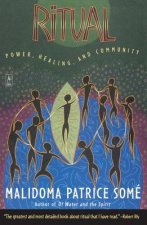
Ritual
302 Kč -

Totem and Taboo
185 Kč -

How Forests Think
862 Kč -

Designs for the Pluriverse
847 Kč -

When Languages Die
1002 Kč -

Protestant Ethic and Other Writings
429 Kč -

Human Story
356 Kč -

On Saudi Arabia
462 Kč -

Limits to Medicine
375 Kč -

Small Places, Large Issues
570 Kč -

Think Like an Anthropologist
302 Kč -
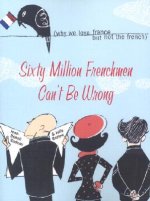
Sixty Million Frenchmen Can't Be Wrong
460 Kč -

Botany of Desire
410 Kč -
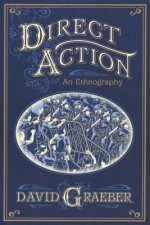
Direct Action: An Ethnography
721 Kč -
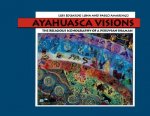
Ayahuasca Visions
819 Kč -
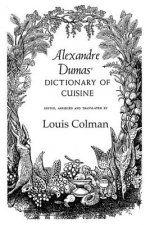
Alexander Dumas Dictionary Of Cuisine
1811 Kč -

Stone Age Economics
573 Kč -

Oxford Handbook of Language Evolution
1428 Kč -

Possibilities
487 Kč -

On Kings
795 Kč -

Memorial Museums
1415 Kč
Osobní odběr Praha, Brno a 12903 dalších
Copyright ©2008-24 nejlevnejsi-knihy.cz Všechna práva vyhrazenaSoukromíCookies


 Vrácení do měsíce
Vrácení do měsíce 571 999 099 (8-15.30h)
571 999 099 (8-15.30h)